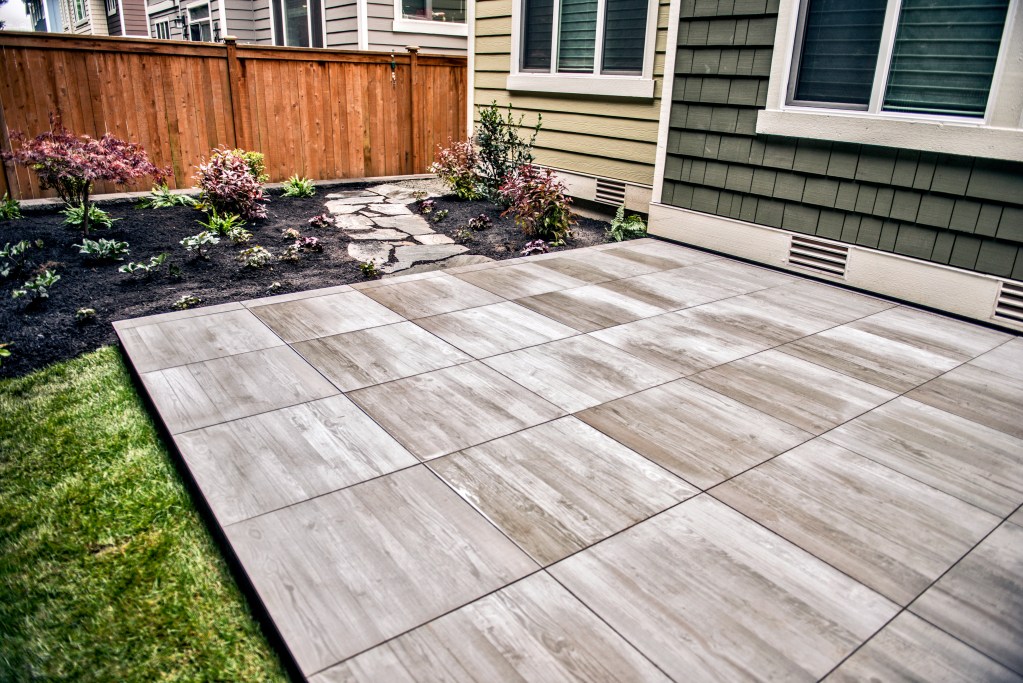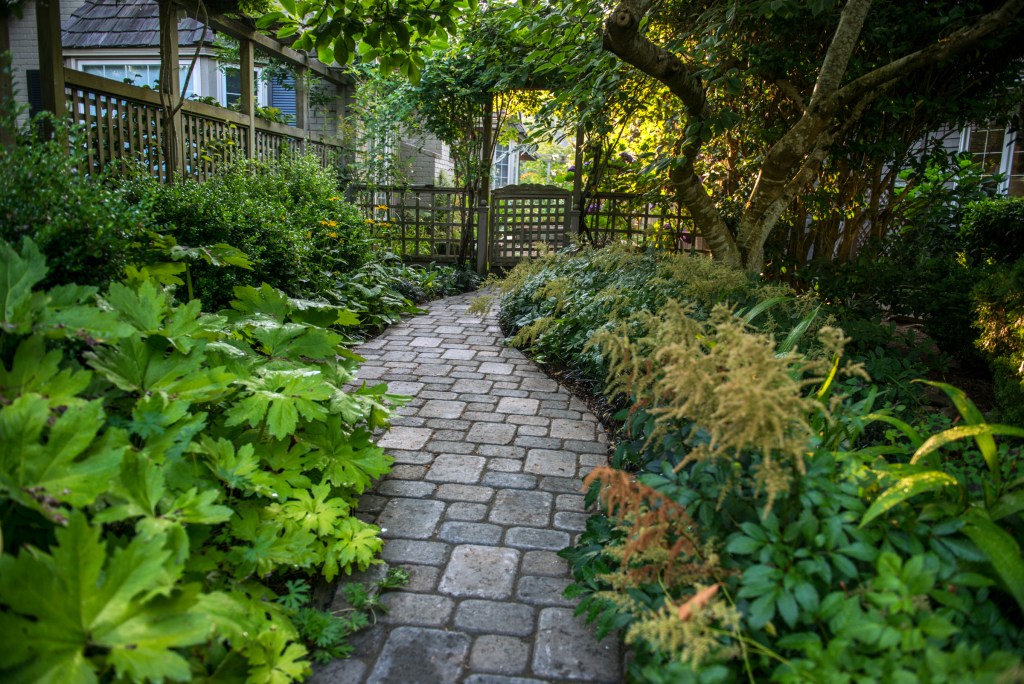Hi, I’m Mr. Lee from Lee’s General Landscaping, and I know picking the right lawn can feel overwhelming. There are so many types of grass and options out there, but don’t worry—I’ll keep it simple. Whether you want that lush green look or something low-maintenance, here’s a guide to help you choose what’s best for your yard.
Cool-Season Grasses: Perfect for Seattle’s Weather
These grasses love cooler temperatures, making them a great fit for our Pacific Northwest climate.
Popular Types:
- Kentucky Bluegrass: If you want a thick, beautiful lawn that can handle kids, pets, and foot traffic, this is a great choice.
- Perennial Ryegrass: This grass grows quickly, so it’s perfect for filling in bare spots or starting fresh.
- Tall Fescue: Need something a little tougher? Tall fescue has deep roots, so it holds up well even if you can’t water regularly.
Warm-Season Grasses: Best for Hotter Areas
These grasses thrive in sunny, hot climates, so they aren’t as common in Seattle. But if you have a sunny, warm yard, you might consider one of these.
Popular Types:
- Bermudagrass: Extremely tough and great for areas that see a lot of wear and tear.
- Zoysiagrass: Thick and lush, it loves heat and creates a dense lawn.
- Buffalograss: Low maintenance and doesn’t need much water—great if you’re looking to save on the water bill.
Lawn Alternatives: Easy and Eco-Friendly
If traditional grass feels like too much work, there are great alternatives that are beautiful, low-maintenance, and kind to the environment.
Popular Choices:
- Clover Lawns: Clover stays green, doesn’t need much water, and actually improves the soil. Plus, it’s soft underfoot!
- Ground Covers: Plants like creeping thyme or sedum can replace grass altogether. They need less water, no mowing, and look amazing.
How to Pick the Right Lawn for Your Yard
1. Seattle’s Climate
In our cool, rainy climate, cool-season grasses like Kentucky bluegrass or tall fescue are usually your best bet. They handle the cooler weather and love our spring and fall seasons.
2. What’s Your Soil Like?
Grass grows best in healthy soil. If you’re not sure about your soil, we can help test it and suggest ways to improve it before planting.
3. How Will You Use Your Lawn?
- Busy Yards: If kids, pets, or lots of visitors will be running around, go with durable grass like Kentucky bluegrass.
- Low-Maintenance: If you want something that doesn’t need a lot of work, clover lawns or ground covers are a fantastic choice.
Planning Your Lawn
Assess Your Yard
Take a look at your space. Does it get lots of sun, mostly shade, or a mix? Is there any standing water? These details help decide what kind of grass will thrive.
Think About Your Budget
Starting a lawn can cost a little upfront, whether you’re planting seeds or laying sod. Make sure to also plan for ongoing care like watering and mowing.
Long-Term Care
Once your lawn is in, keeping it healthy is simple with regular mowing and watering. Seasonal tasks like overseeding (adding new seed to your lawn) and aerating (loosening up the soil) will help it stay green and lush year-round.
Why Your Lawn Matters
A lawn isn’t just about looks—it’s a place to play, relax, and enjoy. It cools the air around your home, helps the environment, and boosts your property’s curb appeal. Whether you choose a traditional grass lawn or a low-maintenance alternative, the key is finding what works for your space and lifestyle.
If you need help deciding, installing, or maintaining your lawn, give me a call at Lee’s General Landscaping. With over 30 years of experience in Seattle, my team and I can make sure your lawn is exactly what you want—beautiful, functional, and easy to care for.



















